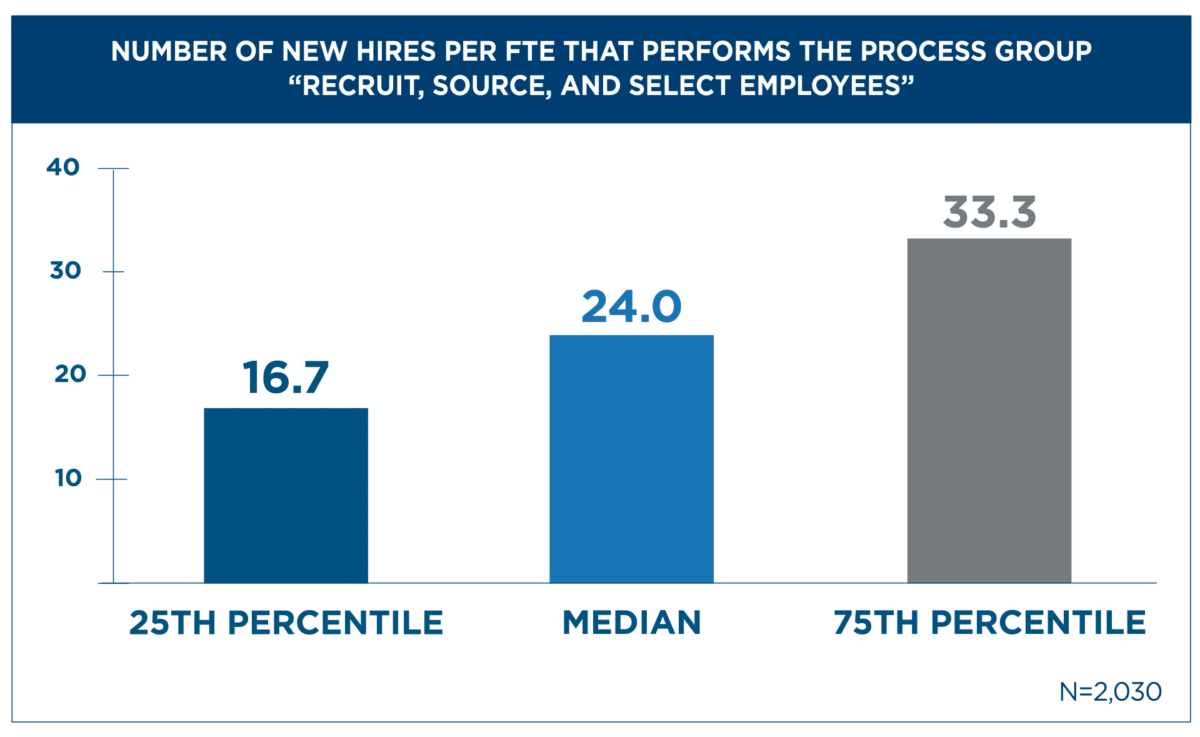In today’s business landscape, accounting firms face growing pressure to differentiate themselves from the competition. Accountants are utilizing cloud-based accounting software, data analytics platforms, and automation tools to reduce manual tasks and free up their time to provide more strategic guidance to clients.
But this shift toward optimization and efficiency doesn’t stop with the internal operations of a particular firm. The best and most differentiated firms prioritize leveraging technology to increase their clients’ efficiency.
As employees around the world are continuously asked to do more with less, they’re looking for ways to outsource and automate as much manual back-office work as possible. Working with an accounting firm allows admins to outsource bookkeeping, tax preparation and other financial management tasks like payroll. But the most creative firms are also utilizing technology to manage HR, expenses and other employee management functions on behalf of their clients.
For example, one global accounting firm was struggling to break down internal silos in order to service clients more effectively. Historically, their various departments did not collaborate well, and many of their functions operated independently which made it challenging to maximize profitability. They recognized that creating a global client accounting services model and offering a holistic solution for payroll, HR and anything else a potential client would need to manage their employees, regardless of employment type or location, was an obvious way to increase ROI and expand their portfolio.
This model has allowed them to do three things really well:
Edge out the competition
Utilizing an all-in-one global HR and payroll platform allows them to have one solution that they can customize to each client and serve a variety of needs including PEO (professional employer organization), ASO (administrative services only), EOR (employer of record), global payroll, contractor services, device management, app management, identity management, corporate cards, expense management and more.
Other large accounting firms offer standalone complementary services like payroll, but using separate systems for each function makes it increasingly harder to support large clients with global teams. Using an all-in-one global platform to manage their clients’ employees is a new and disruptive offering that has allowed our partner to stand out and rise above the competition.
Remain nimble
The platform has allowed them to reduce the number of systems they need to service their clients effectively. This strategy is particularly desirable for early and mid-stage startups, growing tech companies, and large global companies that want to use automation for compliance and gravitate toward a high-touch, mobile-first approach. The all-in-one platform allows them to pay their clients’ employees regardless of where they are in the world, pull reports based on locations, and focus on automating and scaling international compliance with minimal overhead required.
Offer higher-touch service
This global CAS model also allows for higher-touch service and more strategic conversations in many areas of the partnership. For example, using a platform with a deep understanding of employee data allows for more comprehensive insights and reporting across systems that normally don’t integrate with each other which allows them to understand the full picture and make appropriate recommendations. It also eliminates time-consuming admin tasks and allows accountants the space to be more strategic with each client.
As the shift toward automation and consolidation continues, firms that invest in services that increase value by decreasing workload are better positioned to build and maintain relationships with large global companies. At the end of the day, all companies are seeking operational efficiency and the best ways to eliminate back office admin work. The firms that offer the most trusted, holistic solutions will allow their clients to do more with less and maintain the strongest relationships, regardless of where the industry and economy head next.
Credit: Source link











